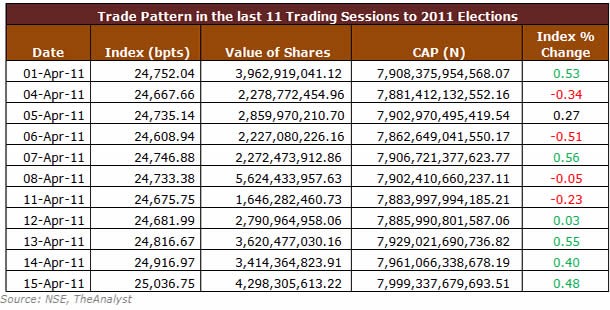3 Ways to reduce stock losses
Post on: 22 Май, 2015 No Comment

Highlights
- I’ve been calling the buy and hold strategy ‘buy and hope. ‘
- The strategies are best used for short-term market volatility.
- Options, including puts and collars, can be fairly complicated.
Anyone who owns stock knows this year has given us pain with no gain. Since its peak in October of 2007, the stock market has dropped by about 40 percent, and not even the oracles of finance can determine if we’ve seen the bottom yet.
- Correlation — a statistical measure of how two securities move in relation to each other.
- Leverage — Using borrowed funds, or debt, to increase equity returns.
- Derivatives — financial instruments where the value comes from the underlying asset, which could include stocks, interest rates or currency exchange rates and real estate.
- Options — A contract that gives a buyer the right, but not the obligation, to buy or sell a particular asset, like a stock.
Three strategies — negative correlation funds, protective puts and equity collar options — are all designed to reduce losses from short-term market volatility, or protect you from steep losses if you have a large position in a single stock.
The key to success is finding the right strategy to fit your personal risk profile, time horizon and the amount you are willing to pay for protection. And you must realize the gambles inherent in each strategy. You may reduce your market risk, but there will be other risk, like interest rate risk.
In order to get reward, you have to take risk, but it has to be measured risk, says Clare White, a chartered market technician and a technical analyst for Optionetics, an investment education and trading Web site. It’s so important in this market to know how to protect your portfolio.
Negative correlation ETFs
Investors who heeded the call to diversify into a portfolio of small cap, midcap, large cap, value, growth and international equities have seen a fairly uniform result over the past year. All have lost value.
Historically, when one or more of these asset classes was down, others were up, maintaining the portfolio on an even keel, or steadily gaining in value. But when the entire portfolio is trending downward, one of the easiest methods of hedging is to buy negative correlation exchange-traded funds. or ETFs, also called inverse funds, which are available from companies like Rydex, ProShares and Profunds.
These funds short the market, using a variety of strategies that mutual funds are not allowed to use, including leverage and derivative trading, depending on the specific fund.
When you own stocks in a mutual fund, you are considered to be long, so the short funds theoretically hedge your bet with alternative strategies in case the stocks in your long funds decrease in value.
Since 2000, I’ve been calling the buy and hold strategy ‘buy and hope,’ says Moe Ansari, president and chief portfolio manager of Compak Asset Management in Irvine, Calif.
He advocates reducing those aspirational aspects of buy and hope by balancing portions of a long portfolio with short ETF funds. By looking at the areas of your portfolio that have become overweighted, say large-cap growth stocks, an investor can choose to hedge a portion of that particular asset class by buying a negative correlation fund for the corresponding index or sector, in this case the S&P 500. Negative correlation funds are also available for the Nasdaq, the Russell 2000, the Dow, as well as in various sectors like emerging markets. It will not be a perfect hedge, Ansari says, but he likens it to having a brake and accelerator on your portfolio because you’re controlling exposure to market risk to some extent.
Diversification is the best protection in a bear market, says Gary Goldberg, CEO of Gary Goldberg Financial Services in Suffern, N.Y. We are bearish now, he adds, so depending on the client’s risk tolerance and time horizon, they are putting a percentage of their portfolios in inverse funds.
Based on current price/earnings ratios, Goldberg says, the market is still in for some powerful periods of volatility, and investors should be looking to mitigate risk.
Advantages: These funds are best used to protect against short-term volatility.
The strategy is easier to implement for the average investor than using options. which are discussed below. Investors don’t need to set up a margin account since they’re not borrowing money, and the fund manager is doing all the options trading on their behalf. When you think the market is going back up, you can get out of the fund.
advertisement
Tracking error (deviation from index movements) happens because these funds are not perfectly correlated to the index or sector they are following. In a large index like the S&P, there isn’t as much volatility, but the funds that track smaller market sectors such as financials and emerging markets increase volatility in the overall sector because they make up a larger portion of the sector, and the fund itself can suffer from that. Some experts warn against these funds as a means of hedging.














